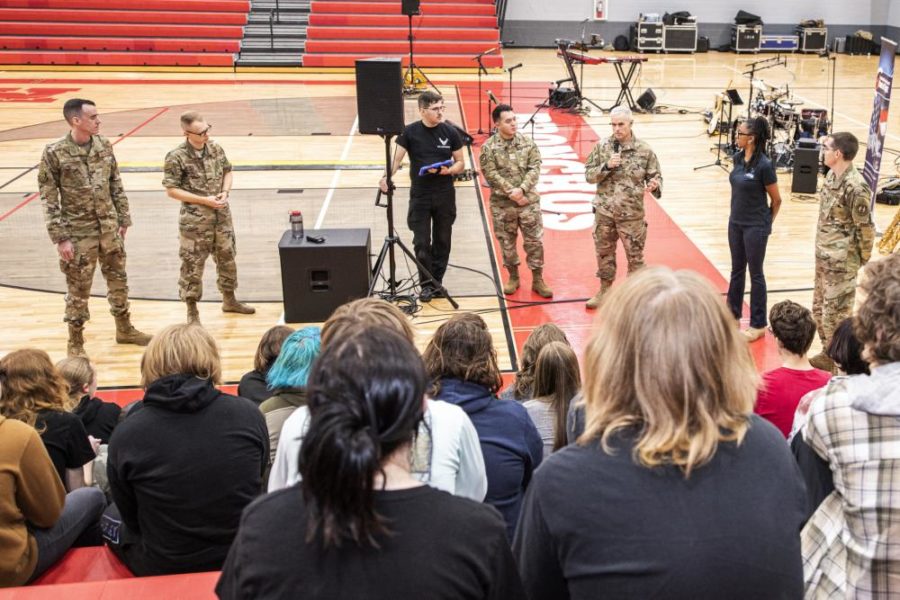AURORA, Colo.—The Active-duty Air Force is projected to miss its 2023 recruiting goal by 10 percent, amid a historic low unemployment rate and a growling lack of interest and eligibility to serve among young Americans, top service officials said earlier this week at the AFA Warfare Symposium.
“We are currently projecting about a 10 percent shortfall this year in the Active Air Force and more in the Guard and Reserve,” said Air Force Secretary Frank Kendall in his keynote address March 7. “We are swimming upstream against a reduced propensity to serve nationally across the board and a limited percentage of qualified candidates.”
The next day, Maj. Gen. Ed Thomas, the commander of the Air Force Recruiting Service, outlined some of the specific “headwinds” that his troops face as they try to sign up more recruits. These include a 3.4 percent unemployment rate, the lowest since 1969 according to the Department of Commerce. Only 23 percent of American youth are eligible to serve in the military, Thomas said, and only 9 percent say they are interested in serving.
The grim projections come in the wake of what was already shaping up to be a tough year for Air Force recruiting. The AFRS barely reached its fiscal 2022 goal for the Active-duty Air Force and missed its goals for the Reserve and Guard by about 1,500 to 2,000 recruits each. Last September, Thomas called the effort “a dead-stick landing” that would leave the service starting 2023 about 5,000 recruits short on the Active-duty side alone.
At the time, Thomas pointed to some of the challenges such as the lack of in-person recruiting due to the COVID-19 pandemic, low unemployment, and misperceptions about military service. Many of those long-term challenges persist.
“One area that I do want to highlight, which we believe is critical, is countering declining familiarity with the U.S. military,” said Thomas in a statement, citing research that 50 percent of American youth cannot name all of the military services, and 65 percent of young Americans said they would not join for fear of death or injury.
Thomas said the Air Force needs to counter misperceptions of military service by “increasing community outreach–getting out into the communities and re-introducing ourselves to America. I don’t just mean getting outside the gates of Lackland Air Force Base in San Antonio or Altus, Oklahoma. We must get out and provide meaningful exposure to our men and women in uniform across the nation, in the hard-to-recruit areas, and in all the places where Americans are not likely to know anyone in the military.”
In the meantime, the general said there is no “silver bullet or game-changing strategy” that will reverse the downward recruiting trends. Instead, AFRS has to pursue every small advantage it can, whether that is revising Air Force tattoo policies, updating body composition standards, changing bonus structures or other mechanisms to bring in more recruits.
“What we have concluded is that there are multiple areas where we need to adapt and improve performance by single or double-digit percentage points,” Thomas said. “We will continue to take a hard look at ourselves and leave no reasonable option off the table.”
There are bright spots for the recruiting service. For example, AFRS is on track to meet its Space Force goals and the Air Force in general enjoys strong retention levels.
“Retention numbers look very good,” Kendall said in his keynote speech. “We’re keeping the people that we get, but we need to get more people. People coming into the Air Force are staying with us, so please reach out to your communities and help us counter negative perceptions of our military service and share our positive and accurate messages.”
